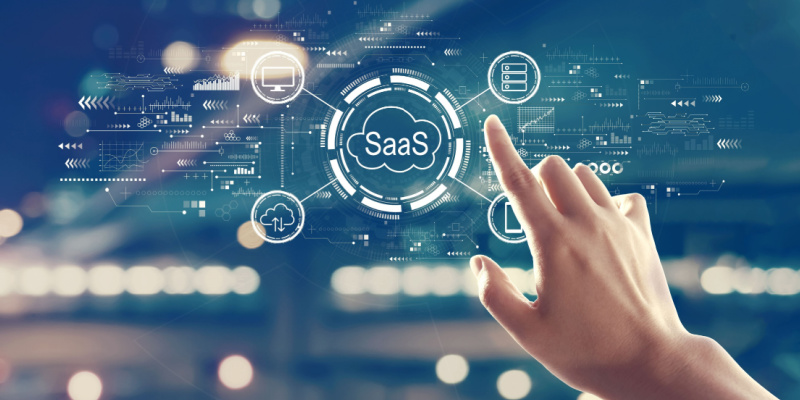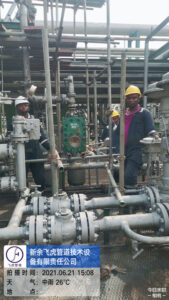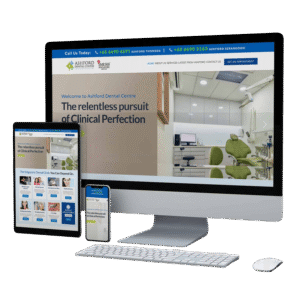System integration has become a cornerstone for businesses aiming to improve efficiency and streamline operations. However, integrating multiple systems brings significant challenges, especially when it comes to securing sensitive data. Innerworks International understands the critical nature of data security during these processes and emphasizes the need for thorough measures to protect information. This blog explores the essential factors every organization must know to secure data during system integration.
What Is System Integration?
System integration refers to the process of linking different computing systems and software applications physically or functionally to work as a coordinated whole. Common types of integration include vertical, horizontal, and star integration, each serving unique business needs. Innerworks International has vast experience handling diverse integration scenarios, ensuring smooth data flow between systems while maintaining security as a priority.
Why Is Data Security Critical During System Integration?
During system integration, data often moves across multiple platforms, increasing exposure to cyber threats. Innerworks International highlights that vulnerabilities can lead to costly data breaches, compliance violations, and loss of customer trust. Protecting sensitive data such as customer information, financial records, and proprietary data is non-negotiable during integration projects to avoid these risks.
Key Challenges in Securing Data During System Integration
One of the main challenges in securing data lies in the diversity of systems involved. Different systems might have incompatible security protocols, making uniform protection difficult. Innerworks International encounters frequent risks including data interception during transit, insider threats, and inconsistent security standards across integrated platforms. Addressing these challenges requires expert strategies and vigilant security controls.
Best Practices for Securing Data During Integration
Innerworks International recommends starting with a thorough risk assessment to identify vulnerabilities. Encryption must be used for data both in transit and at rest to prevent unauthorized access. Strong authentication methods, such as multi-factor authentication, are vital to control access. Secure APIs and trusted data exchange protocols help maintain integrity. Continuous monitoring and regular audits by Innerworks International ensure that any anomalies are detected early, and timely patch management keeps systems resilient against emerging threats.
Tools and Technologies That Enhance Data Security in Integration
Innerworks International leverages cutting-edge technologies to safeguard data during system integration. Encryption protocols like SSL/TLS and VPNs secure data transfers, while Identity and Access Management (IAM) systems enforce strict user permissions. Data Loss Prevention (DLP) tools help prevent accidental or malicious data exposure. Innerworks International also utilizes integration platforms with built-in security features to provide seamless and secure data connectivity.
Compliance and Regulatory Considerations
Data protection regulations such as GDPR, HIPAA, and CCPA place stringent requirements on how organizations handle data, especially during system integration. Innerworks International ensures that all integration processes comply with these regulations by incorporating compliance checks into the security framework. This proactive approach reduces legal risks and demonstrates a commitment to protecting client information.
Takeaway
Securing data during system integration is critical for maintaining business integrity and customer trust. Innerworks International’s expertise ensures that data security is embedded at every phase of integration, addressing risks and meeting compliance standards. Organizations planning system integration should prioritize security from the outset to protect their valuable information assets.








